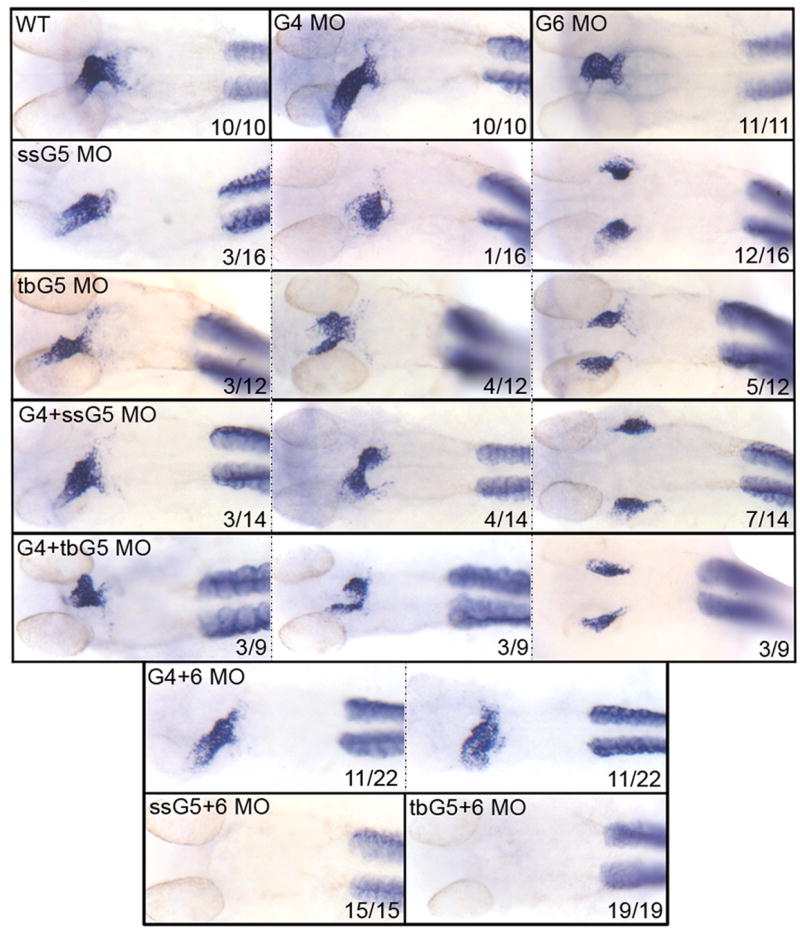Fig. 4. The gata5 and gata6 genes are functionally redundant for ventricular cardiomyocyte differentiation.

Shown in each panel is a typical representative embryo following processing by whole mount in situ hybridization to detect transcripts for the ventricular cardiomyocyte marker vmhc at 32 hpf. Samples represent: wild-type embryos (WT), gata4 morphants (G4 MO), gata6 morphants (G6 MO), gata5 morphants (ssG5 MO or tbG5 MO), gata4+5 double morphants (G4+ssG5 MO or G4+tbG5 MO), gata4+6 double morphants (G4+6 MO), and gata5+6 double morphants (ssG5+6 MO and tbG5+6 MO) Despite morphogenetic defects, the ventricle is specified in both gata4+6 and gata4+5 double morphants. However, vmhc transcripts are not detectable in gata5+6 double morphants. Note that staining is unperturbed in the somites, showing that the defect is specific to the heart. While these results were reproduced in multiple independent experiments, the number of embryos from the experiment represented in this figure by the phenotype (x) for a given number of embryos (n) is shown in each panel (x/n). Views are ventral, with anterior to the top.
